- Telephone
There are two types of grasses: cool climate grasses and warm climate grasses.
Cool Climate Grasses
These include
- Fescues
- Ryes
- Bent
- Bluegrass
Warm Climate Grasses
- Buffaloes
- Durban
- Paspalum
- Couches
- Queensland Blue
- Zoysias
- Kikuya
Before reading on, I would like to point out that I have been laying lawns for over thirty years. I am not a turf grower but an end user and, for over a decade, gone one step further by trying to recover established lawns that have retroceded over time. I have nothing against turf farmers- after all, they are in business to make money; the thing is- they’re not overly familiar with the problems associated with the turf they sell further down the line of time.
The turf farmers have done an EXCELLENT job marketing soft-leafed buffalo- especially Sir Walter. In fact, when a homeowner decides that they want to lay a new lawn, the first thing they think of is soft-leafed buffalo; and most of them will then think of Sir Walter. Soft-leafed buffalo has certainly become the ‘flavour of the month’ and with all the publicity they’ve been getting and advertising on radio and television, they’ve become the most sought after grass on the market. And, yet, with so much positive publicity, most people are unaware of the problems and disadvantages associated with buffalos.
For instance, the turf-growers have been pushing soft-leafed buffalos for years, promoting their lush, green growth and full-bodied texture. The problem is- the consumer has not been told that some of the buffaloes have very vibrant growth which will lead to a very thick thatch requiring attention every few years. If not addressed, they’ll find that mowing can become almost impossible as the mower sinks into a deep, spongy thatch. They don’t tell you that, as buffaloes retain a lot of moisture in their leaves and stolons, the micro-climate on the surface level in summer can become so great that funguses can appear overnight and quickly decimate a lawn. Buffalos make an excellent lawn but BUYER BEWARE- do your homework first!
Zoysia, too, has its’ problems! A grass that originally came from south-east Asia, it has been introduced into the United States and Australia. Being branded as ‘The Super Grass’ and ‘E-Z Grass’ because of its’ slow rate of growth and less mowing requirements, it also has the added benefit of being extremely drought tolerant. I must admit that a healthy Zoysia lawn is like looking at and touching velvet. It is just beautiful; and I can’t even imagine a nicer lawn to have. In many respects, it’s like Queensland Blue Couch- just a lot greener in colour. However, it, too, has its’ disadvantages. For one, because it grows so slowly, it has a very slow recovery rate. Therefore, a home with kids and/ or an active dog is not a good idea. On top of this, is the fact it’s a tropical plant and, in a lot of cases, doesn’t tolerate a temperate climate like Sydney. In winter, especially when the frosts arrive, it will go brown. The main disadvantage, though, is that it has a very active root system which likes to travel deeply. It does not tolerate poorly drained soils and if the soil isn’t prepared with a deeper than normal soil profile (in other words- just slapped on top of a 70mm layer of prepared soil), it will quickly degenerate. Therefore, it is essential to have the soil properly prepared and THAT can cost a lot of money.
These two new turf varieties are still in their infancy in Australia and I would suggest that a consumer laying a new lawn takes careful consideration before deciding on the lawn they purchase. Take a closer look at your site. Determine what shade areas you have and what shade areas you’ll have in 10 years when shrubs and trees surrounding the proposed lawn area grow and create a canopy causing shade.
Although a site promoting grass, it would be remiss of me not to include Artificial Grass on this website. Although the upfront costs are high, there are definitely many advantages of Artificial Grass over natural lawn. This might sound sacrilegious coming from a green keeper but artificial grass does have a place in the landscape and you’ll find the benefits listed at the bottom of the page.
The following shows a list of turf grasses grown in Australia but, primarily, we are looking at the Sydney region.
The Buffaloes
SAPPHIRE
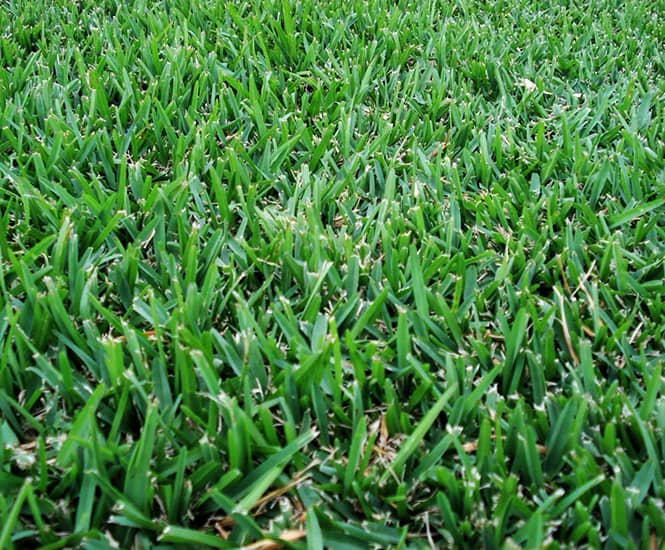
- Sapphire is best known as Australia’s most shade tolerant buffalo grass. It performs very well when grown in full sun, developing low levels of thatch and low levels of seeding.
- Sapphire is a slower growing buffalo grass, which will require less lawn mowing and maintenance than most other buffalo types.
- Sapphire maintains good colour in sun and shaded conditions year round.
- Sapphire doesn’t perform well in high traffic areas, which may be due to its slower growing characteristic which is otherwise a good quality trait.
- The most unique characteristics of Sapphire is its fine leaf, which makes it the finest leaf buffalo grass available in Australia today.
- Sapphire also has a very unique slight blue hue, from which it derives from its name.
PALMETTO
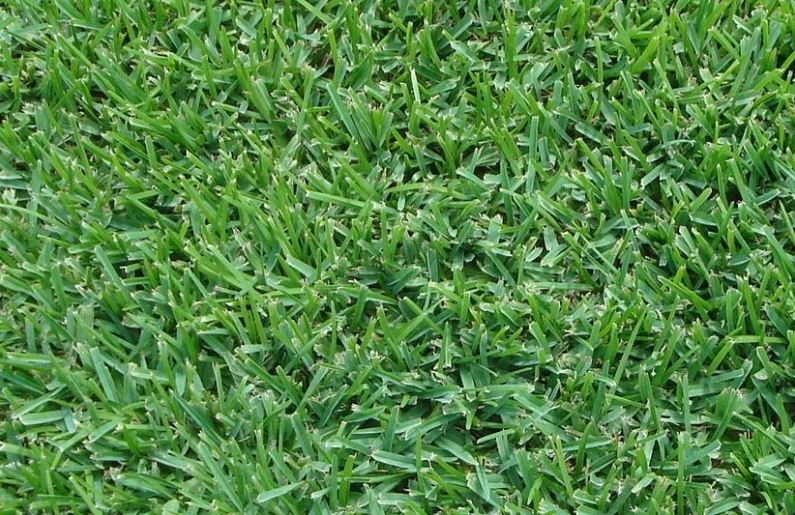
- Palmetto is considered as the best buffalo grass in Australia;
- Palmetto has a very high drought tolerance and recovery, far exceeding many of its competitors by very large margins;
- It is lighter in colour than other buffaloes;
- Palmetto buffalo has the lowest thatch levels;
- Palmetto seeds the least of buffalo grasses in full sun or partial shade;
- Palmetto holds its colour well in winter, whereas others tend to turn brown or even purple;
- Palmetto is a slower growing buffalo grass, which will require less lawn mowing and maintenance than most other buffalo types;
- Palmetto is not as shade tolerant as other buffalo grasses but still performs well in shade.
I would recommend Palmetto in full sun over any other buffalo type.
SIR WALTER
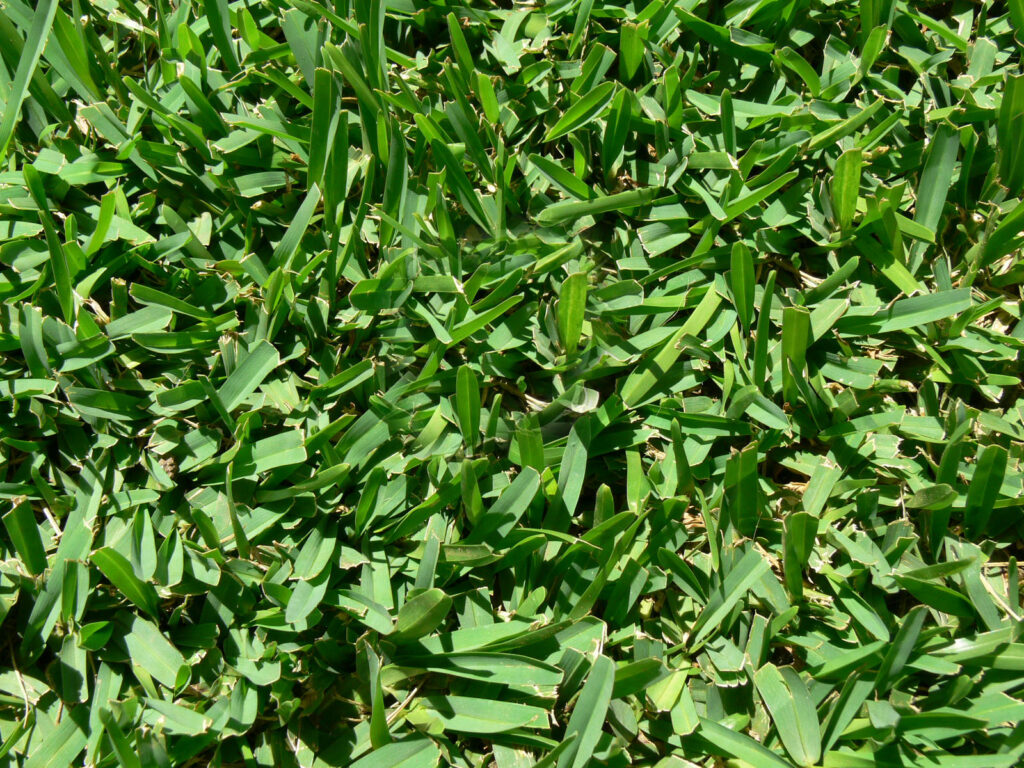
- Sir Walter holds its colour throughout the year in full sun and partial shade;
- Sir Walter buffalo has decent shade tolerance levels;
- Sir Walter does well in high traffic areas;
- Builds up thatch very quickly in full sun compared to most buffalo lawns;
- Tends to seed more than other buffalo varieties;
- Doesn’t perform well in drought and is slower to recover;
- A fast growing grass requiring more mowing than other buffalo types.
I would not recommend this buffalo in full sun.
MATILDA
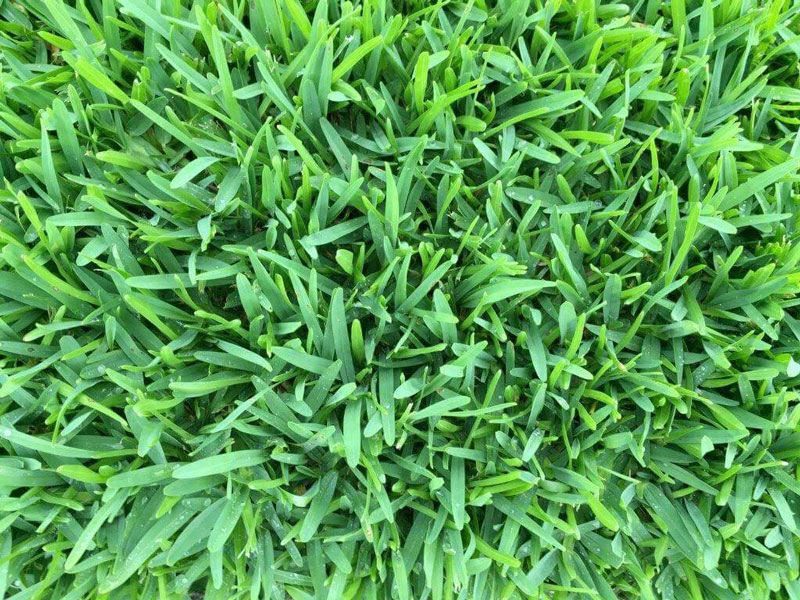
- Matilda buffalo is best regarded for its high wear and tear ratings, meaning Matilda is a good choice of buffalo for lawns which are expected to undergo higher than normal traffic levels, whether that be from kids, adults, bikes, pets etc.
- Therefore Matilda will withstand wear very well, and repair itself from damage very quickly.
- It is fairly drought tolerant;
- It creates more thatch and grows faster than other buffalo lawns- good for quicker repairs but requires more mowing!
KING’S PRIDE
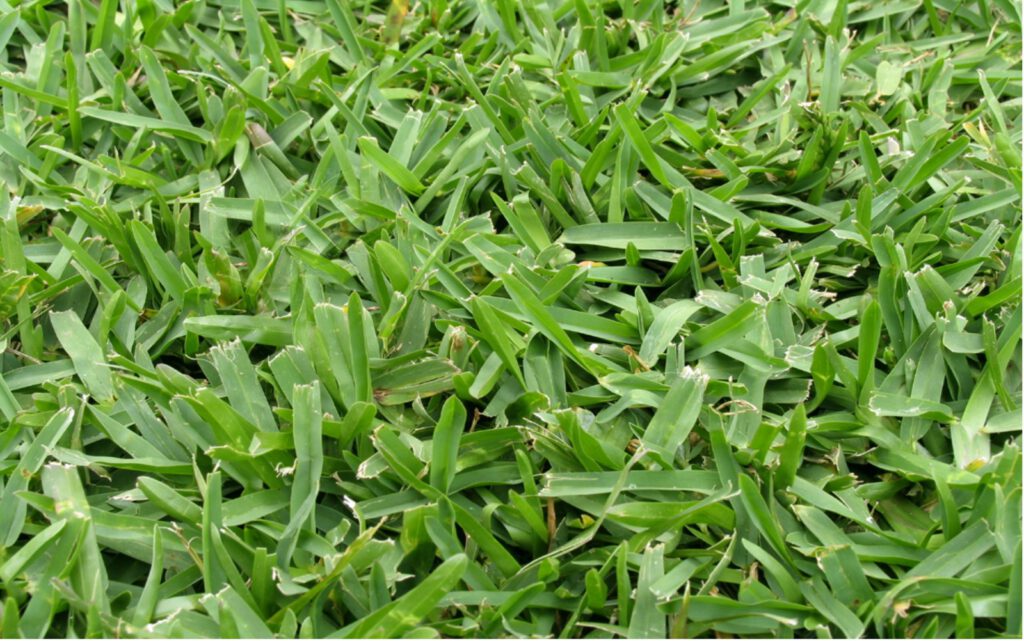
- ‘Kings Pride’ buffalo has great winter colour;
- Kings Pride performs well in full sun yet thrives in shaded areas;
- Kings Pride is drought tolerant buffalo and requires less water;
- It is suited to high traffic areas due to its rapid lateral growth;
- Develops thatch quickly;
- Maintains very good winter colour;
- Very quick to recover from damage.
SHADEMASTER
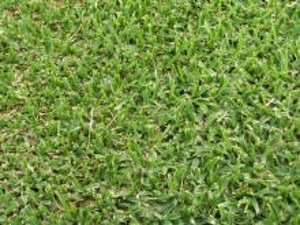
- Shademaster first hit the Australian market in the 1990’s;
- Shademaster is a slower growing buffalo grass, which requires less lawn mowing and maintenance than most other buffalo types;
- It has good ‘wear and tear’ traits;
- Shademaster creates a lot of thatch- more so than other buffaloes;
- Shademaster tends to turn purple during winter in cooler climates;
- It doesn’t perform well in drought and has a slow recovery rate.
ST- 26
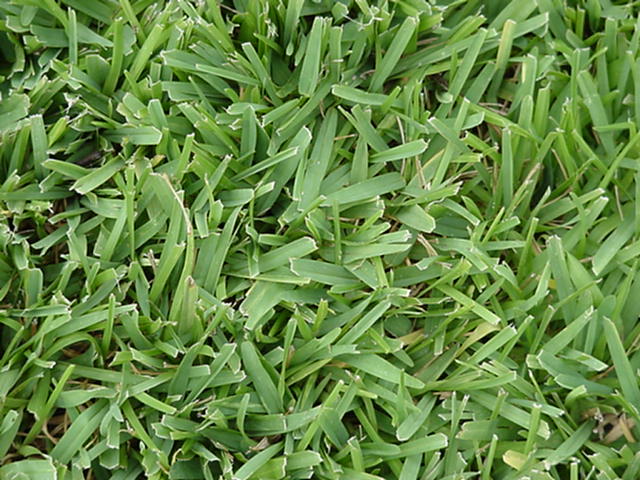
- Probably, the best of the ST Buffaloes.
- Weaker than other buffaloes- less tolerant to chemicals;
- Very shallow root system meaning that it is less draught tolerant;
- The winter colour is okay but not as good as the buffaloes mentioned above.
ST- 85
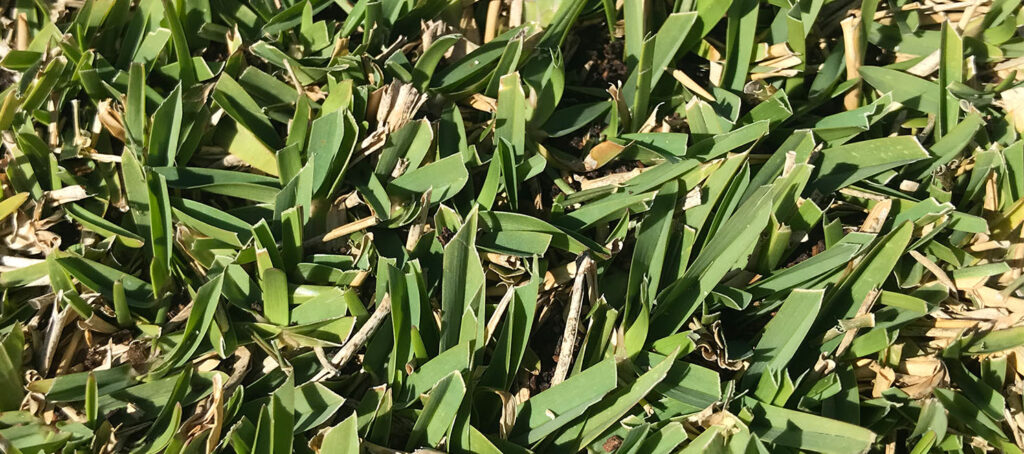
- Before the introduction of Palmetto, Sir Walter and Sapphire, this was regarded as the best Buffalo grass available for your lawn;
- It goes purple or brown very quickly in winter, but worst of all it is prone to problems that cause dieback which, in turn, leaves holes in your lawn;
- Doesn’t tolerate dry weather so, therefore, less drought tolerant- probably due to its shallow root system;
- Very intolerant to chemicals;
- Requires less lawn mowing;
- ST-85 has low seeding levels.
ST- 91
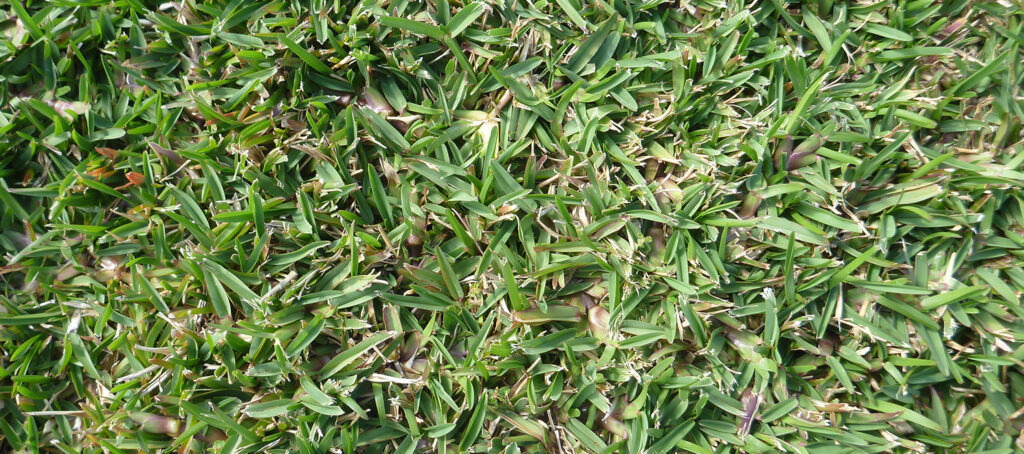
- ST-91 is more drought tolerant than other buffaloes- not as good as Palmetto, but better than Sir Walter.
- Not too good for winter colour (turns purple) in exposed situations but does better in shaded areas;
- Like other ‘ST’s’, 91 doesn’t like chemicals.
DURBAN
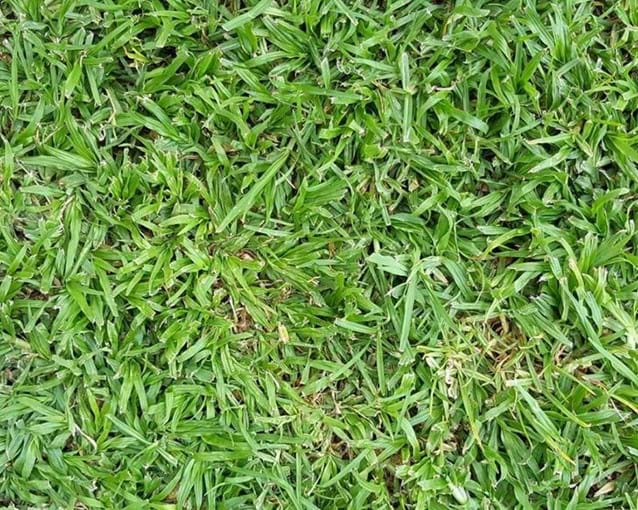
- By far, the best shade tolerant lawn available, needing only a few hours of sunlight each day;
- Light green in full sun, going dark green in full shade;
- It is a very soft grass
- Does not tolerate kids or pets;
- Likes a well-drained soil and doesn’t tolerate clay soils;
- When delivered in rolls, it has a tendency to fall apart, making it a nightmare to lay;
- Does not like frost;
- Will take chemicals.
BAHIA
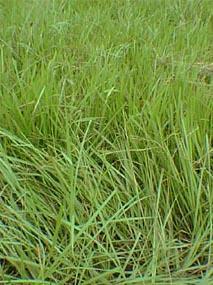
- Bahia (also known as Saltene grass) is a form of Paspalam and is an outstanding, low maintenance species for lawns in the tropics, although it can be grown along the length of the coast of Australia as it is highly salt tolerant;
- It is less susceptible to lawn grubs than other available grasses;
- It forms a coarse textured, open and tough lawn;
- The leaf is hairy, although sometimes only on the edges. The hairs can cause skin irritation on contact, when for example children roll on the lawn;
- Has a prostrate growth habit and grows quickly in favourable conditions. It becomes dense very quickly and, although it requires less mowing because of its prostrate growth habit, it builds up thatch quicker;
- The root system is deep and extensive;
- Stays greener, for longer in winter but is slower than other grasses to green up in the spring;
- Does not like shade;
- The grass can survive extended periods of drought and is, moderately, fire-resistant. It is well suited for areas where irrigation is not available in the dry season as it ‘greens-up’ rapidly when it rains or when it is watered.
COMMON COUCH
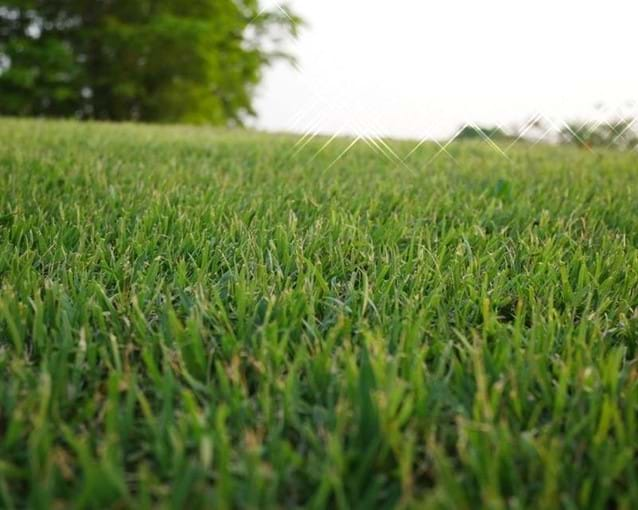
- Common couch is a well-established grass that has been around for years;
- Very fine leaf which requires more light for the process of photosynthesis. Hence, tends not to grow well in shade;
- Will tolerate most chemicals;
- Browns off in winter and during hot, dry spells in summer;
- Requires regular cutting to keep it looking in great condition;
- Soft to touch but very robust. Has an EXCELLENT recovery rate;
- Common Couch is a great grass for kids and dogs;
- Makes an extremely difficult weed to remove from a garden bed.
GREENLEES PARK
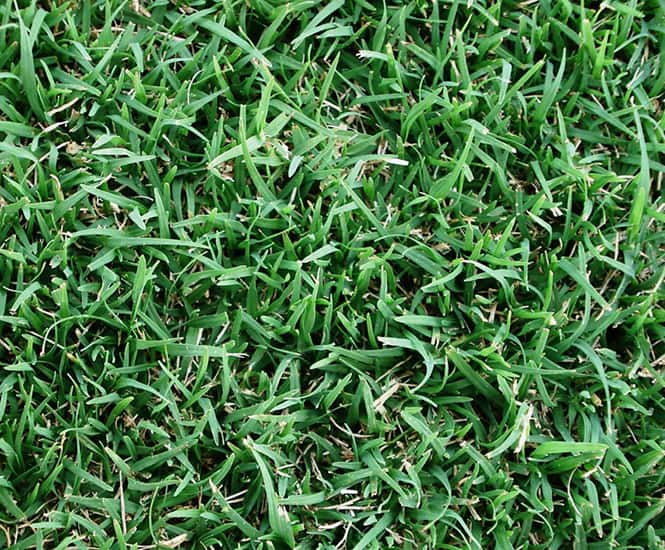
- More of a prostrate- growing grass. Doesn’t do well in shade as a result;
- Seems to do well during long periods of hot weather;
- Retains its colour well in winter;
- Requires a lot of fertiliser as, like all couches, is a big feeder.
WINTERGREEN
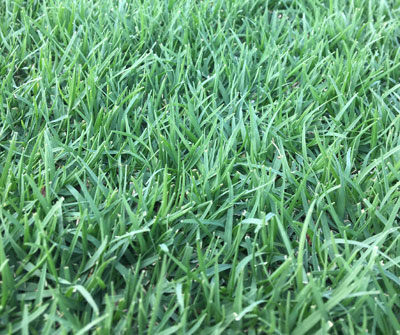
- Slightly darker green leaf compared to other couches;
- Retains a lot of its colour throughout the winter;
- Requires frequent fertilisation;
- Needs a rich soil profile to get optimum results
SANTA ANA
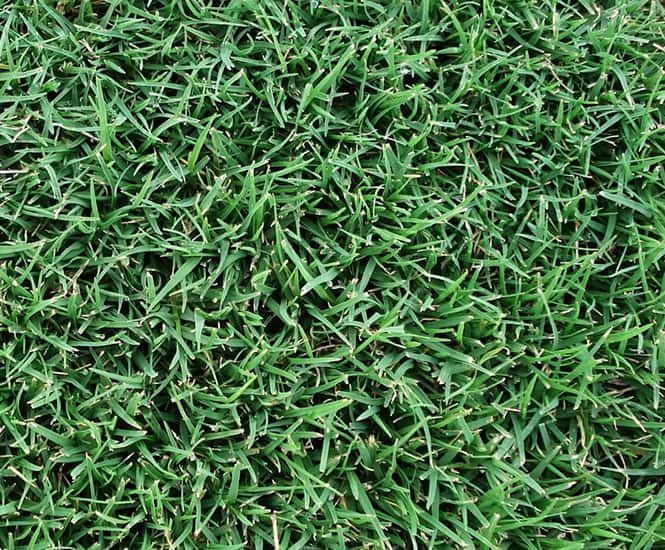
- Santa Ana has a very fine leaf;
- It’s a very robust grass which tolerates a lot of wear and tear;
- Leaf is bluey green in colour.
- Requires good fertilisation but needs less water than other couches;
- Its finer leaf means it will be the first of the couches to recede in shade.
CONQUEST
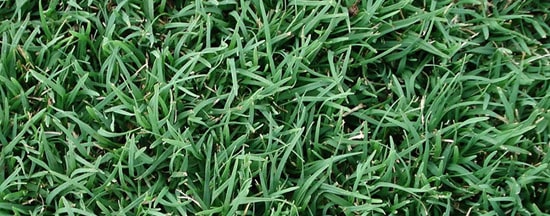
- A very robust couch- good for both residential and commercial use;
- A sterile lawn which won’t spread into garden beds by seed;
- Requires full sun and WILL BROWN OFF IN WINTER;
- A semi-dwarf variety requiring less mowing, creating less thatch.
LEGEND
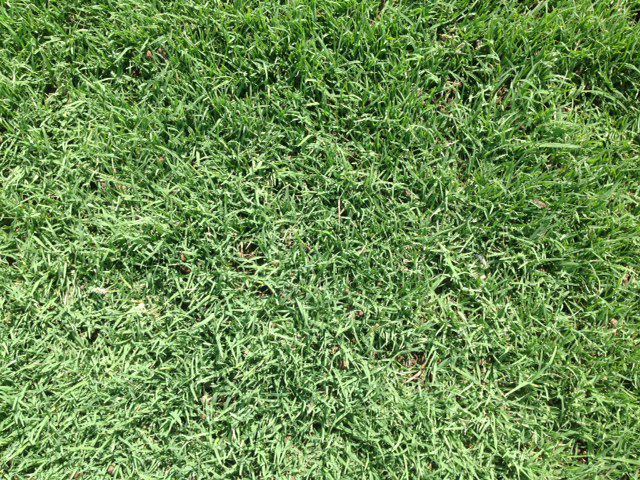
- Arguably, the most robust couch available on the market;
- Extremely hard wearing with good recovery rate- especially after drought;
- Needs a lot of warmth and light;
- WILL BROWN OFF IN WINTER;
- Less mowing required and less thatch build-up;
- Bluish green in colour.
QUEENSLAND BLUE COUCH
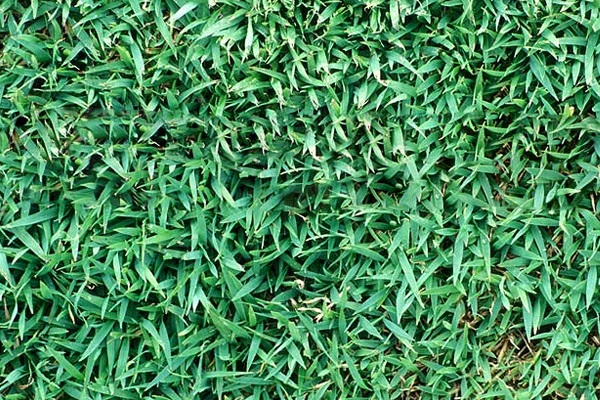
- For many Australian green-keepers- Australia’s best lawn;
- NOT A COUCH: couch / Queensland Blue Couch (Digitaria spp.);
- Bluey leaf colour;
- Shorter, broader leaf compared to couch;
- Loves full sun and warm aspects. Hates shade;
- Very soft lawn underfoot;
- Won’t tolerate many chemicals;
- Good recovery rate
ZOYSIA ‘Empire’
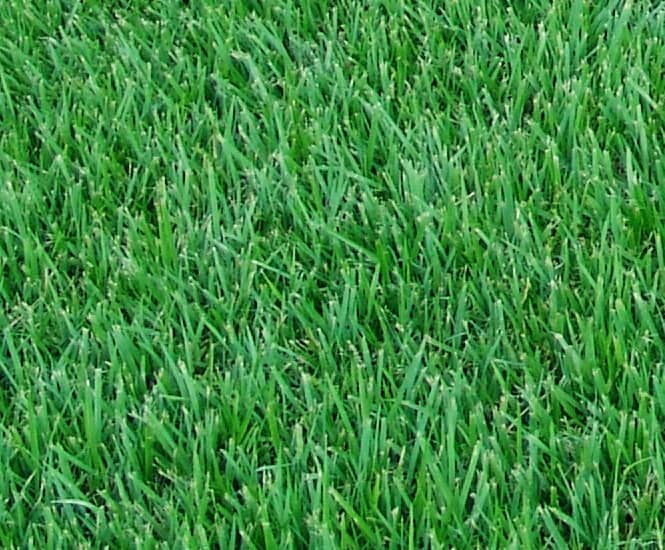
- Broad, bright green leaf;
- Slow growing/ slow recovery rate;
- Very soft lawn- almost velvet-like to look at;
- Prefers a sandy soil;
- Needs a deep soil profile as roots like to travel. For this reason, Zoysia is more drought tolerant than most other varieties of turf;
- Plant in full sun to semi-shade.
ZOYSIA ‘Nara’
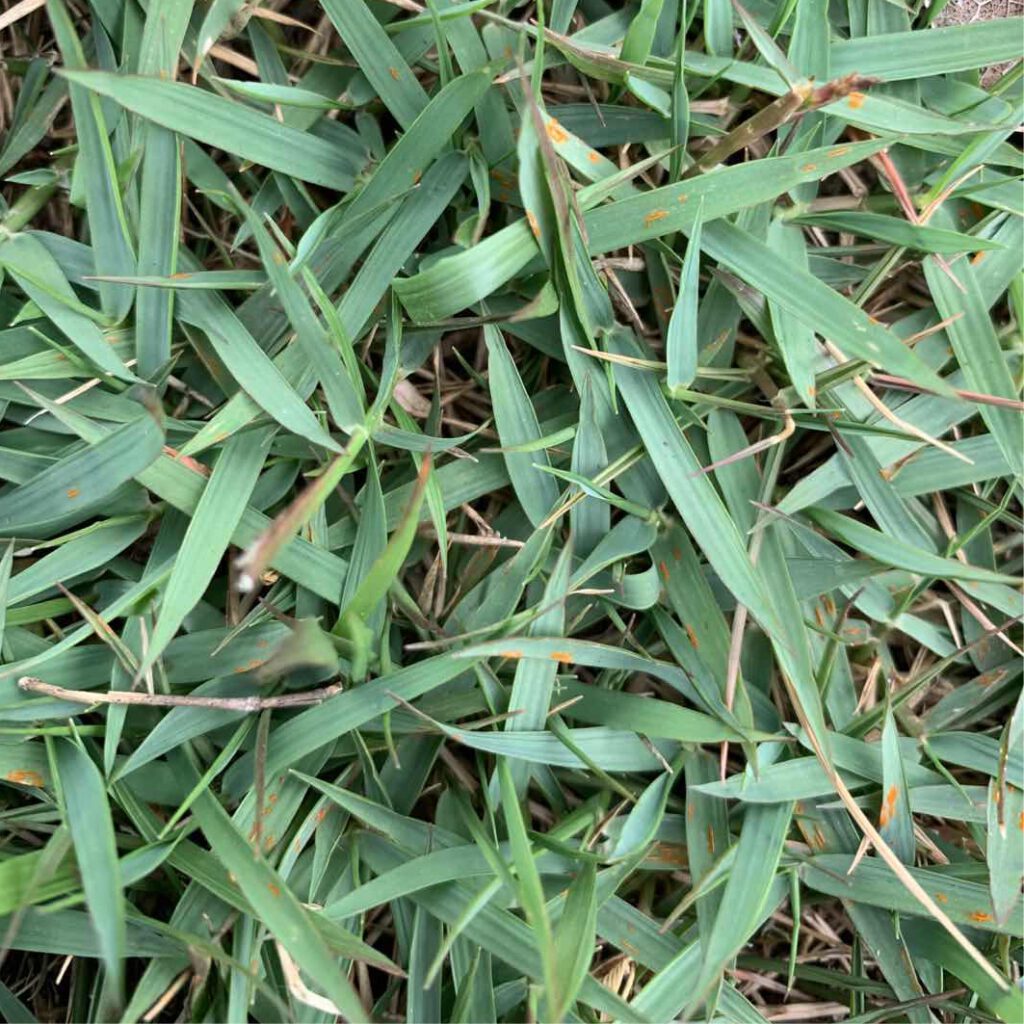
- Considered the ONLY native turf grass although this is debatable;
- A very deep-rooted grass, which makes it extremely drought tolerant;
- Requires very little fertiliser over the course of the year;
- Slow growing- requires a lot less mowing compared to other grasses;
- Needs a deep soil profile as roots like to travel;
- Forms a thick covering which denies weed access;
- Plant in FULL SUN- preferably with a northerly aspect.
ZOYSIA ‘Sir Grange’/ ‘ShadeTuff
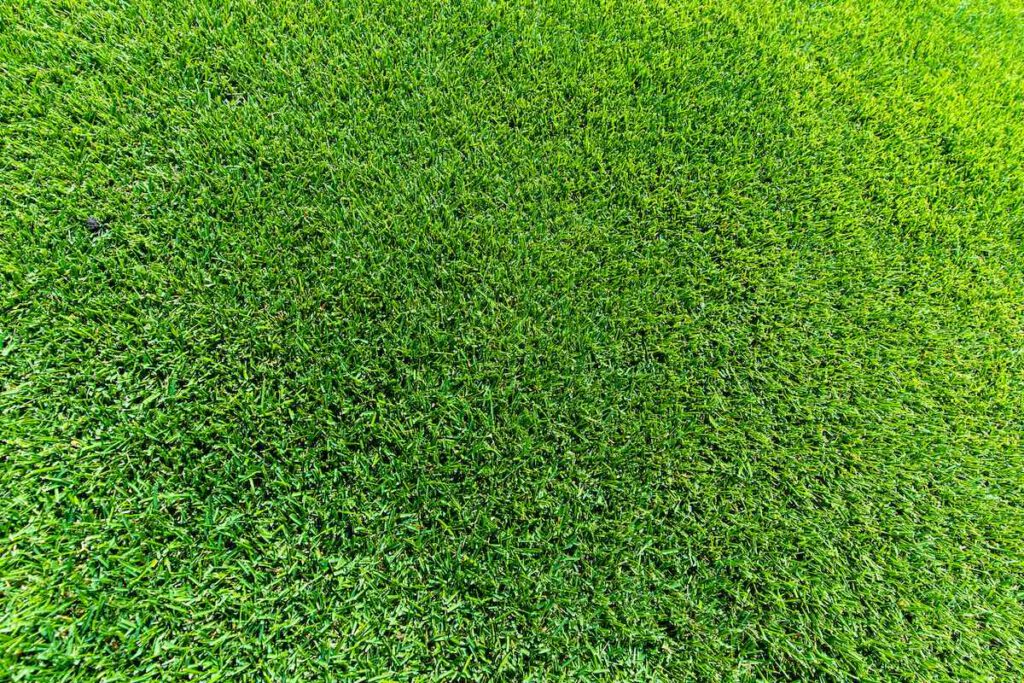
- Very dark, rich green leaf which is high in silica giving it a dense feel;
- Requires copious amounts of water when establishing and a lot of water after establishment;
- Faster growing compared to the other zoysias;
- Due to its denseness, it can/ will blunten the blades of a mower faster;
- Needs a deep soil profile as roots like to travel;
- Forms a thick covering which denies weed access;
Not recommended AT ALL.
KIKUYU
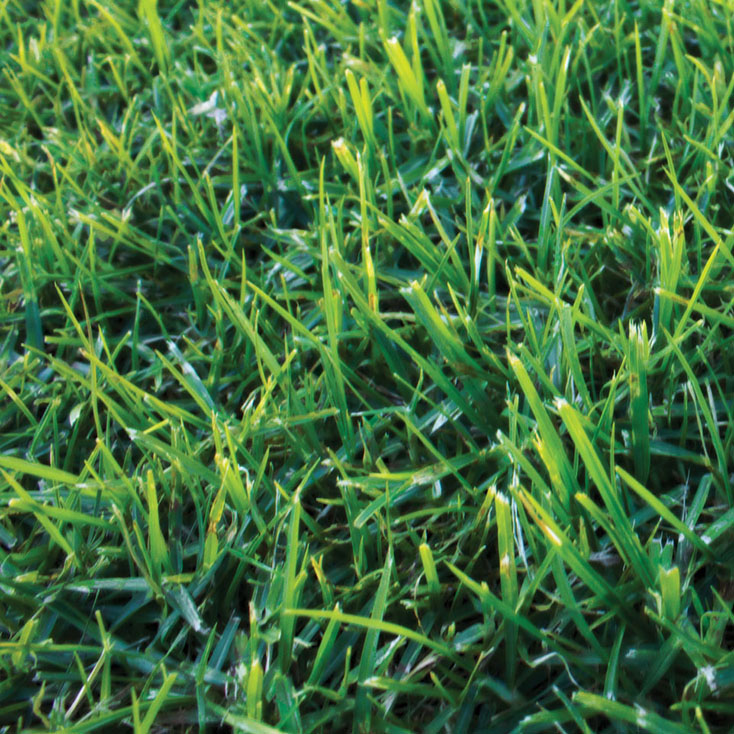
- Very fast-growing grass requiring frequent mowing;
- Very drought tolerant;
- Grows well in sun- doesn’t like shade;
- Recovery rate is good;
- Moderately hard-wearing- good with kids, pets and bikes;
- Doesn’t like many chemicals
FESCUE
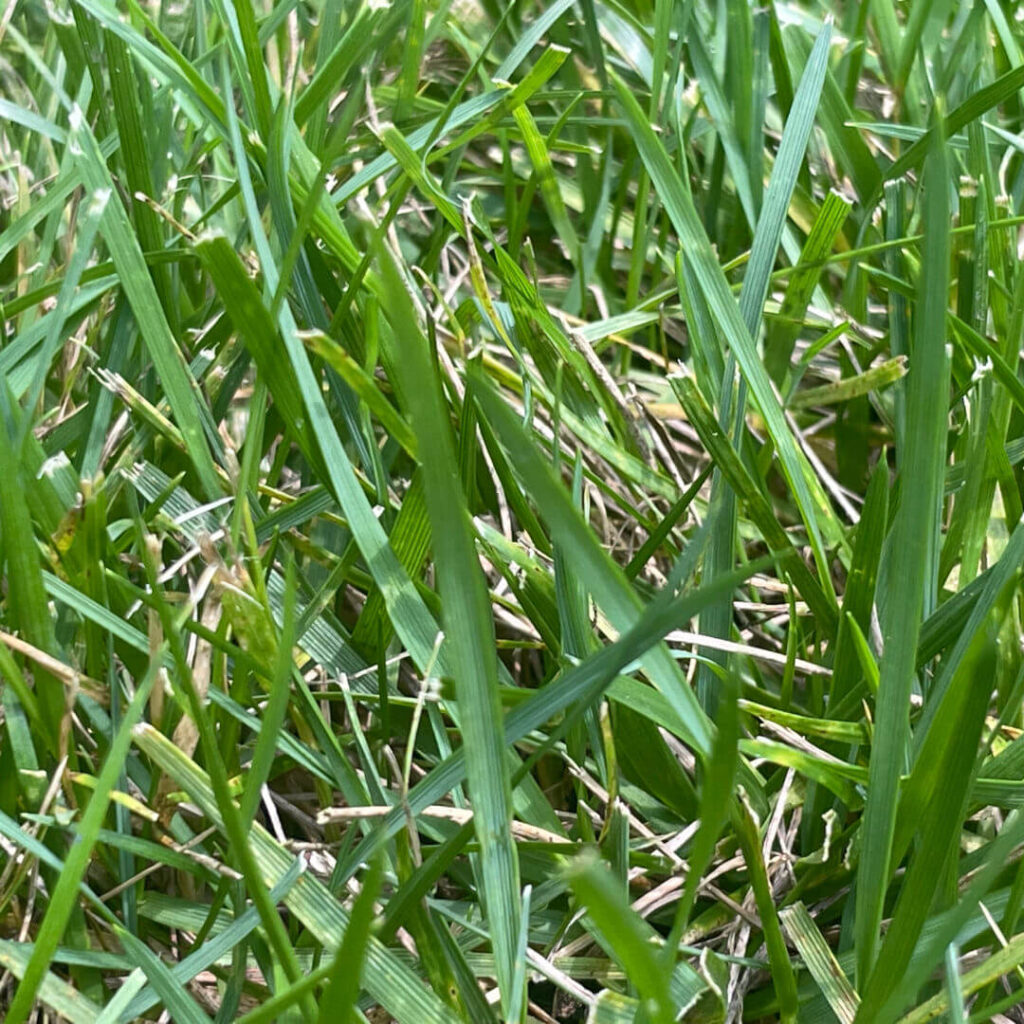
- Unsuitable for Sydney’s climate unless laid in a heavily-shaded area;
- Requires a well-drained soil with constant irrigation in warmer climates;
- Very fine, soft grass- lush green in colour;
- Fescue is a tufted grass;
- Requires regular fertilising;
- Needs to be cut 40-50mm high for best visual effect;
- Tolerates a wide array of chemicals.
RYE GRASS
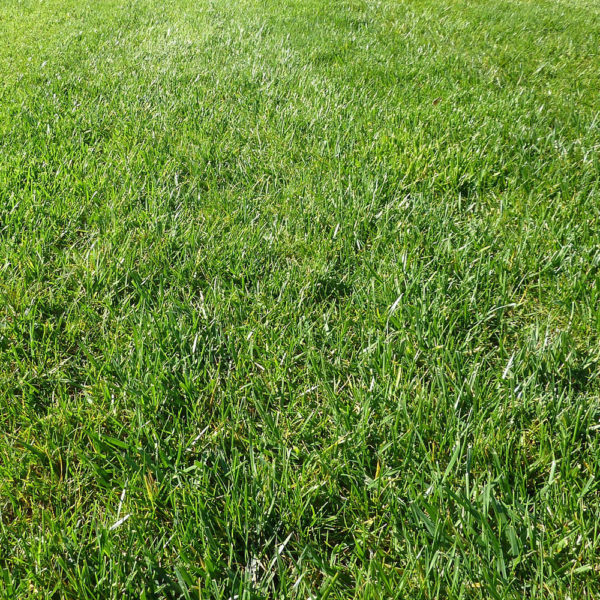
- Like fescue, rye is unsuitable for Sydney’s climate unless laid in a heavily-shaded area;
- Requires a well-drained soil with constant irrigation in warmer climates;
- Extremely fine, soft grass growing in tufts- deep green in colour;
- Requires regular fertilising;
- Needs to be cut 30- 40mm high for best visual effect;
- Normally laid as a blend with fescue;
- Tolerates a wide array of chemicals.
BENT
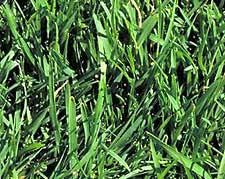
- Although native to northern Africa, Bent is still considered a cool climate grass;
- Bent has a very fine, soft leaf;
- Requires constant irrigation and good drainage;
- Can be cut very short under certain conditions;
- Needs regular fertilising;
- Highly susceptible to fungal and viral attack;
- Makes an excellent turf grass but requires high maintenance.
BLUE GRASS
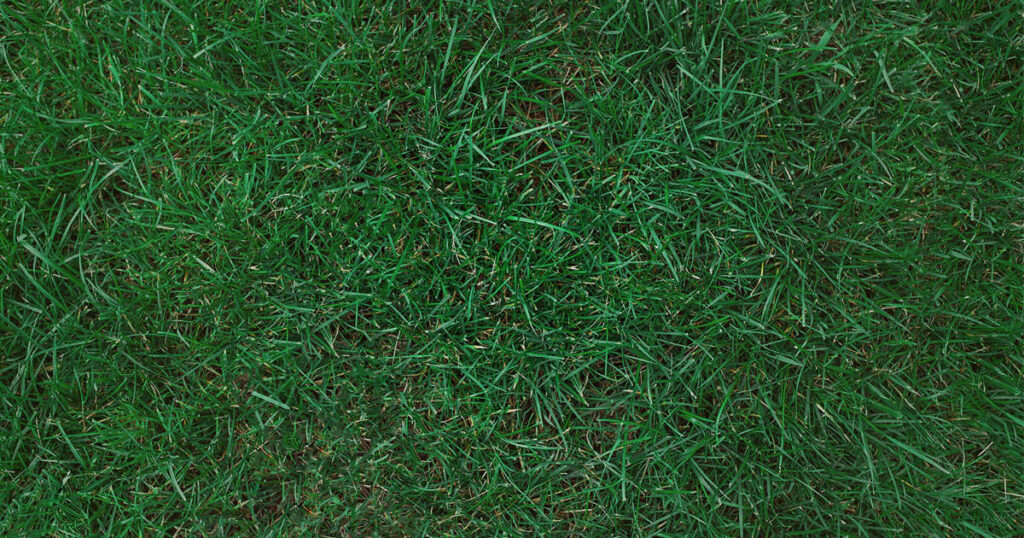
- Blue Grass requires a well-drained, well-irrigated soil;
- It is not a tufted grass, spreading runners in the form of rhizomes;
- It is actually dark green with blue flower heads- hence, its name;
- It is a cool climate grass;
- Is soft to walk on and is quick to recover from damage;
- Requires regular fertilising with a high nitrogen content.
SYNTHETIC (ARTIFICIAL) GRASS
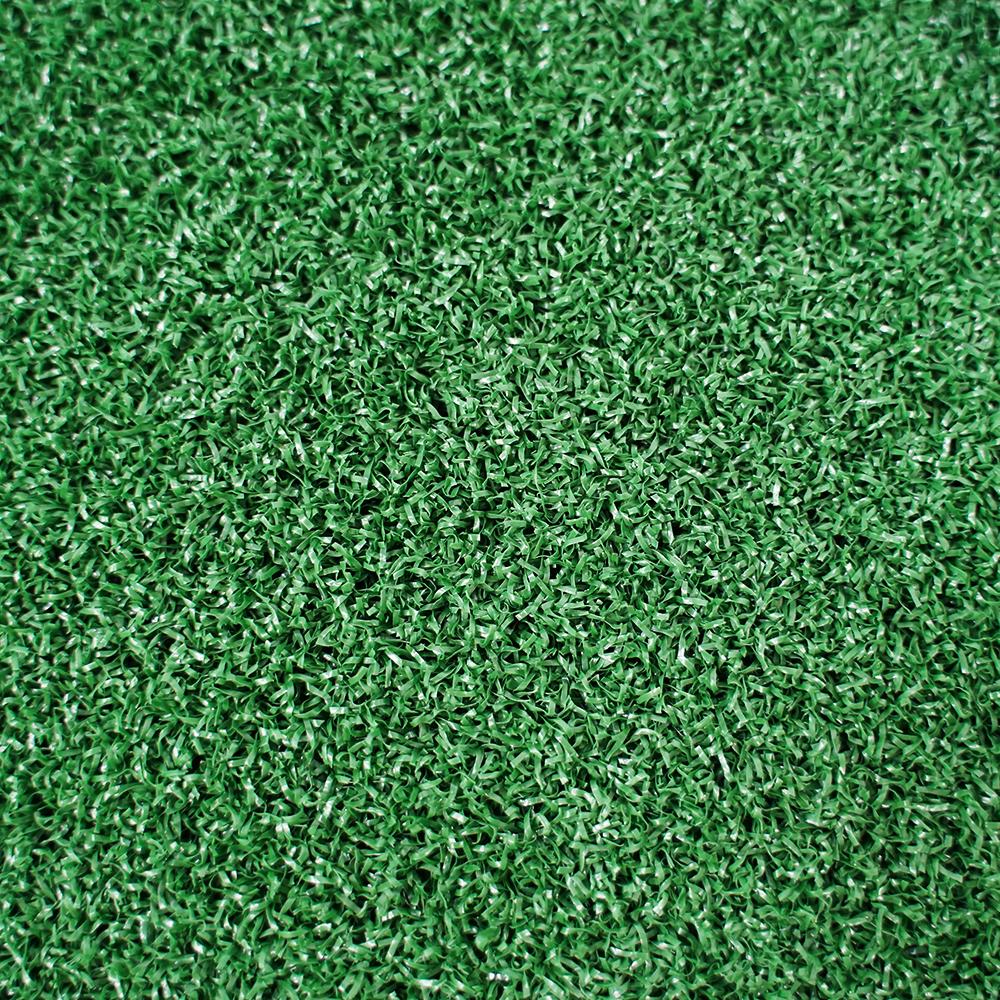
- If professionally laid, can be around three to four times the price of natural lawn;
- Requires no mowing, watering, edging or fertilising;
- Can generate moss/ algae growth;
- It is not natural;
- Looks well all year round- doesn’t brown off in the winter;
- Must purchase a good quality product- poor quality grasses can develop problems
- Some artificial grasses require an infill such as sand or recycled rubber. Check with the company you’re dealing with for more information;
Synthetic Grass has been on the market since the 1960’s. It was originally called ’Astroturf’ and was made specifically for the Houston Astrodome. It was invented by Monsanto although the company has since sold the product. Over the years, the product has developed and several generations of manufacturing techniques have seen vast improvements over the original product. There is now a wide range of artificial grasses available to the landscape market and I believe it will be a definite threat to the turfing industry by 2020.
Advantages
- No mowing! Great if you have a holiday home, are retired and find mowers too heavy or you’re just ‘bone lazy’!!!
- No mowing means no grass clippings;
- No watering! Great for the environment as natural grass requires water to survive;
- No fertilising.
- No carbon emissions from mowers or whipper snippers (strimmers)
Disadvantages
- The initial cost of supply and installation is very high, although it can be argued that the cost will be offset by the time and money saved by very low maintenance;
- IT IS NOT NATURAL.
© ProLawn 2024

